It’s that time of year again! After a short break, we’re already dreaming up next year’s garden, and soon, we’ll be flipping through the seed catalogs. Whether you’re an experienced grower or a first-time gardener, you should consider a few things when ordering vegetable garden seeds.
Get your order in early.
In many areas, the demand for vegetable seeds has remained higher than usual since the pandemic. We’ve found that this is especially true for staple crops like heirloom dent corn and pole beans, which are more challenging for large seed growers to produce. Getting your order in early ensures you don’t miss out on your favorite varieties.
Additionally, getting your order in earlier will help ensure you get your plants started on time. It may seem unbelievable for new gardeners, but we begin the growing season in January, tucking cold, hardy crops like bulb onions and broccoli into flats indoors. Hence, they’re ready for transplanting in early spring.
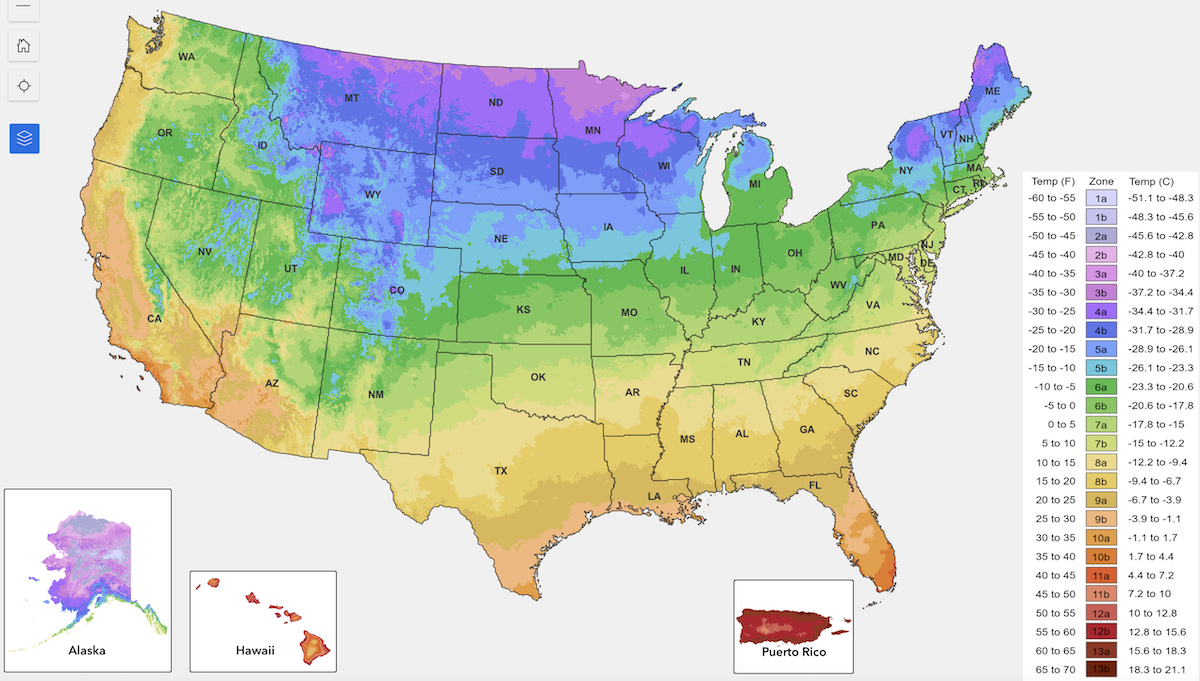 Know your climate.
Know your climate.
Knowing your hardiness zone can help you decide what plants and seeds best suit your area. The USDA just released an updated U.S. Hardiness Zone Map, and we have a Guide to Understanding Hardiness Zones you can check out.
One of the biggest things to consider when ordering your seeds for your climate is their days to maturity. Some crops like Vates Collards are quick, maturing in just 68 days, meaning you can get multiple successions even in many northern areas. Other crops like Rouge Vif d’Etampes (Cinderella) Pumpkin take a long, warm 120 days to mature.
Bulb onions, in particular, can be tricky. You’ll notice that there are long-day (LD) and short-day (SD) onions. Long-day onions need 14 to 15 hours of daylight to bulb, while short-day onions need 10 to 12 hours of daylight. For the LD types that we carry, you can plant them from Virginia northward. SD types can be spring or fall-planted in Virginia and fall-planted in the South.
Be realistic about your space and time.
It’s easy to end up with a vast seed order after flipping through the seed catalogs on a dreary winter day. Dreaming about all the heirloom varieties thriving in your garden invokes a sense of hope and excitement for the season to come.
However, ordering more than you have the time and space for can lead to disappointment. It’s better to have a smaller garden you can manage and enjoy spending time in than a large, unproductive, weedy patch.
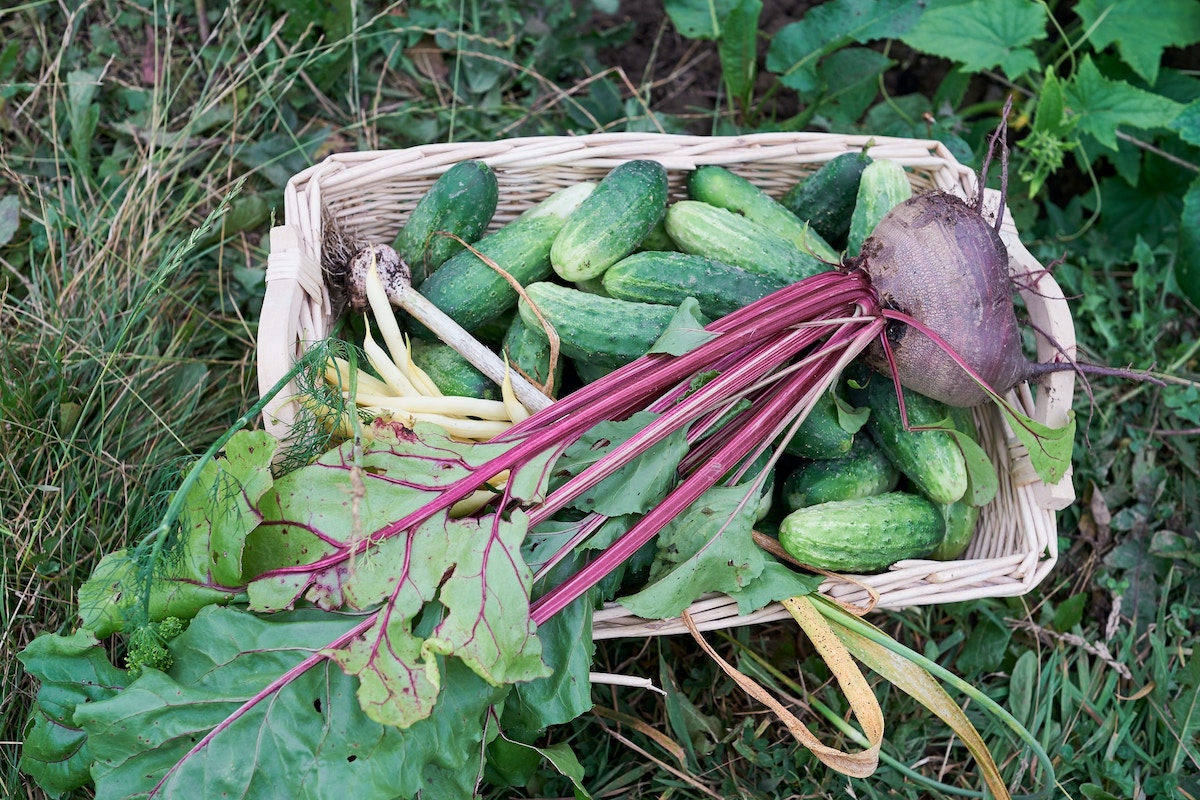 Consider pest and disease resistance.
Consider pest and disease resistance.
Check out disease-resistant varieties, especially if you’ve had past issues with a specific crop. We carry many varieties with particular disease or pest resistance. You’ll find keys to disease and pest resistance on our website and catalog, like this tomato disease resistance key. For example, tomatoes marked “ab” are Alternaria (early blight) resistant, and cucumbers marked “cub” are resistant to cucumber beetles.
Think about pollinators.
A vegetable garden is nothing without pollinators—the healthier your local population of pollinators, the healthier and more productive your garden. Consider adding a few flowers to the mix. Even if you’re working with limited space, flowers can help improve production. One study found that flower strips and hedgerows in crop fields reduced pest pressure and improved pollination and yield. Flowers are worth it!
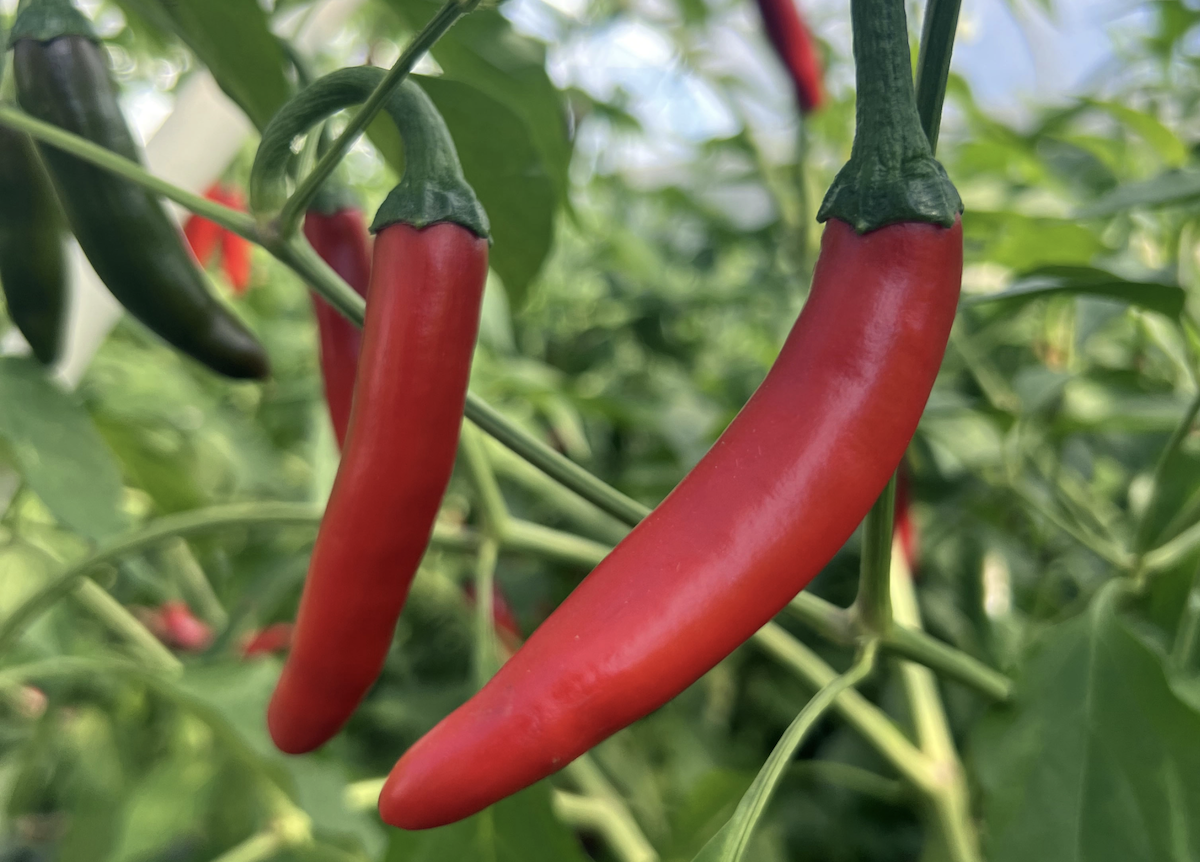
Focus on your favorites.
Your garden should bring joy to your life and kitchen. If you love Caprese salad, try out varieties like Lettuce Leaf Basil to maximize production or Red Rubin Basil to add a unique purple flair. Love kimchi or Korean sauces? Try growing the classic Korean Gochugaru hot pepper. Have you always wanted to make your hot sauce? Opt for something like the juicy Xochiteco Hot Pepper from Southern Mexico.
On the flip side, if you never buy winter squash, adding them to your garden may not be the best plan because they’re an excellent storage crop. Use your space wisely and get the most enjoyment out of your vegetable patch possible.
When the catalogs start pouring in, making decisions can be tough! Keep these six simple tips in mind as you order your vegetable garden seeds this year.

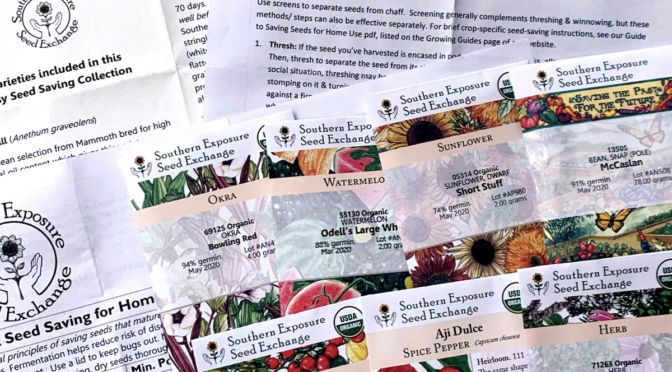
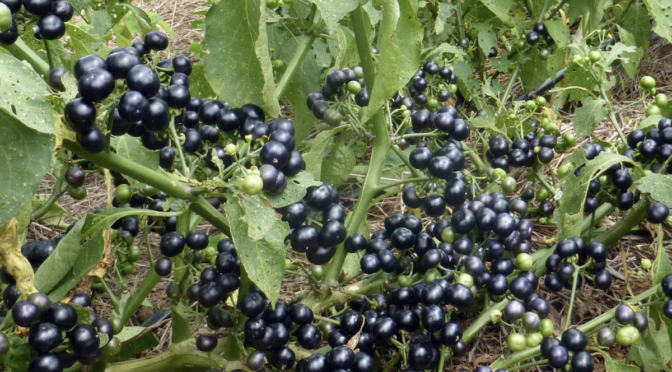
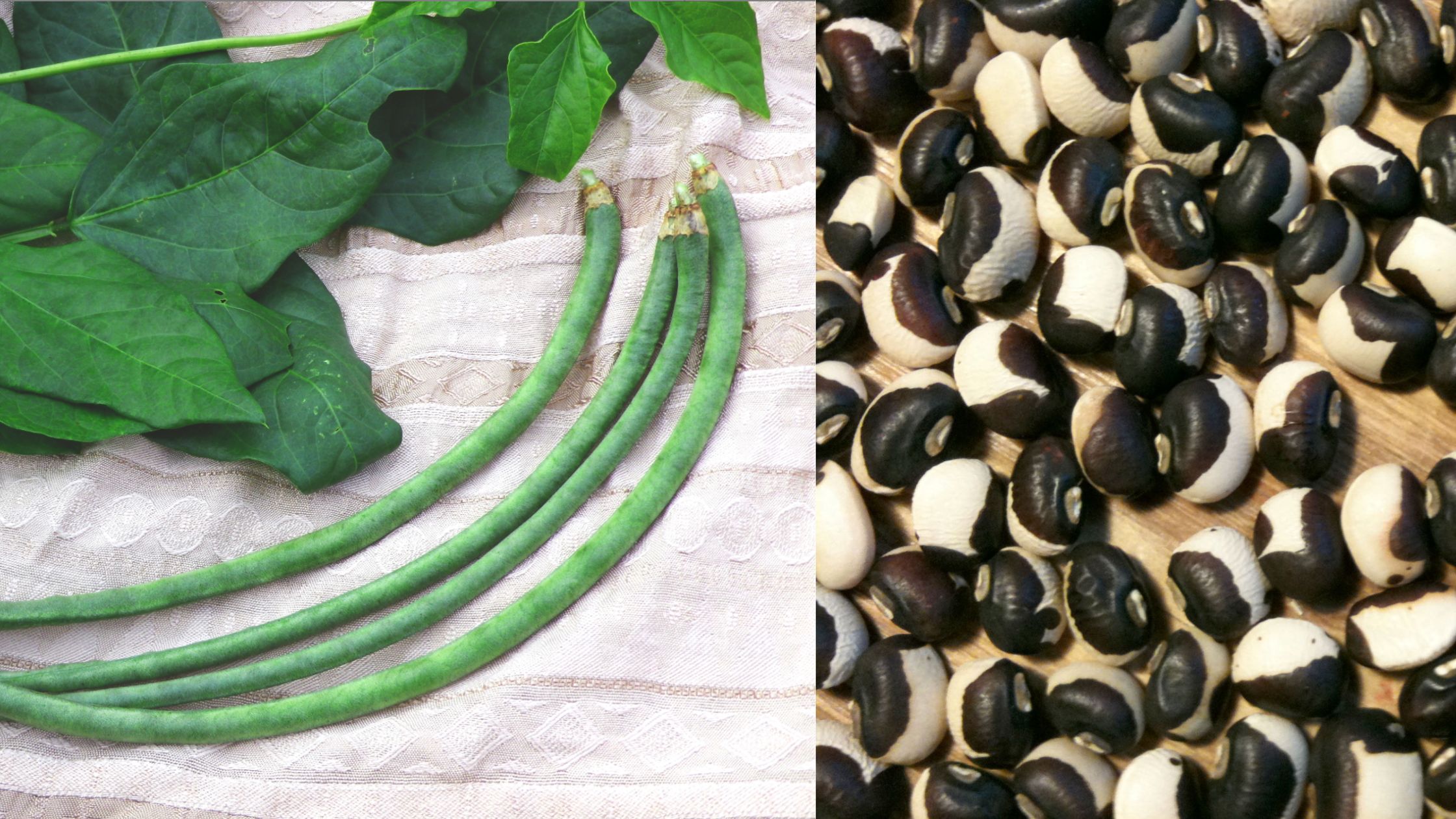 Southern Peas or Cowpeas
Southern Peas or Cowpeas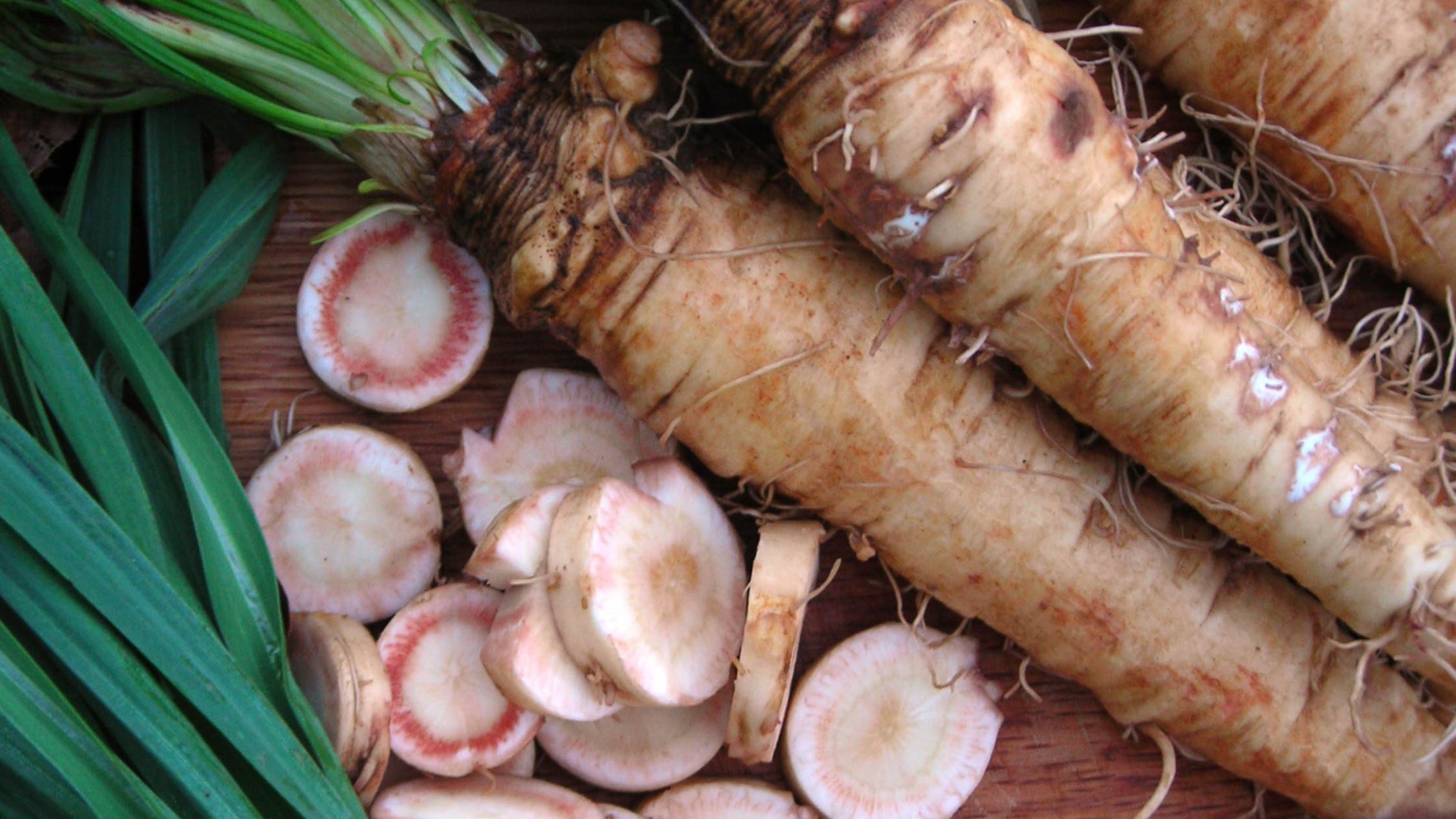 Salsify
Salsify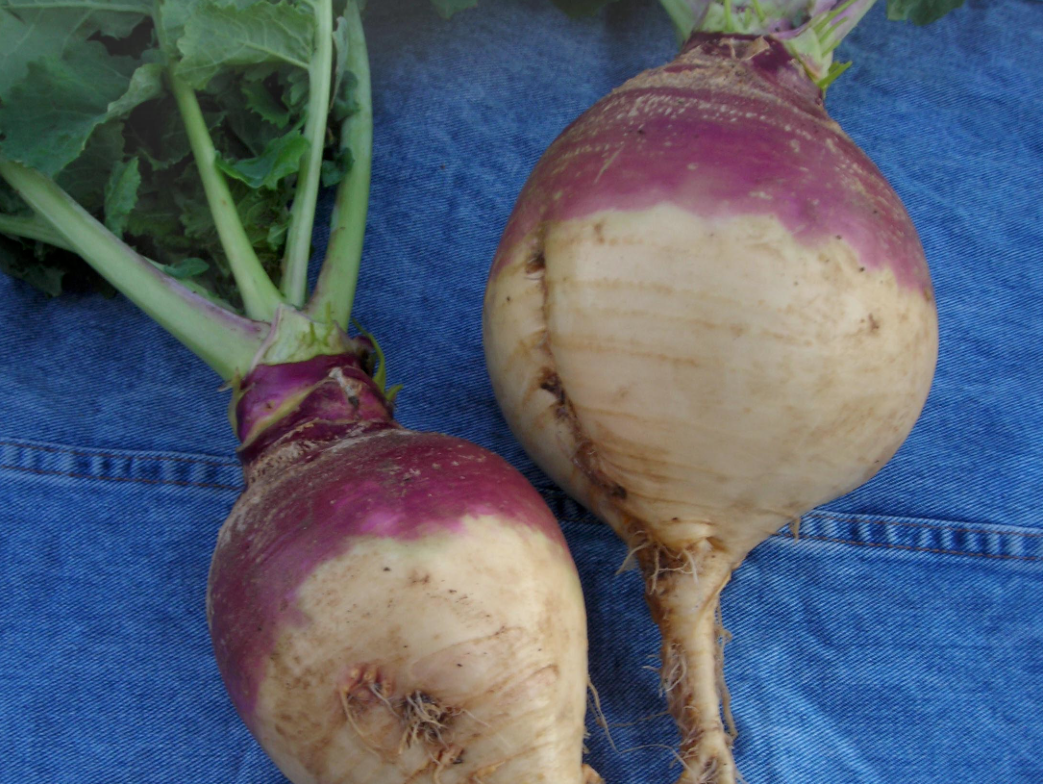
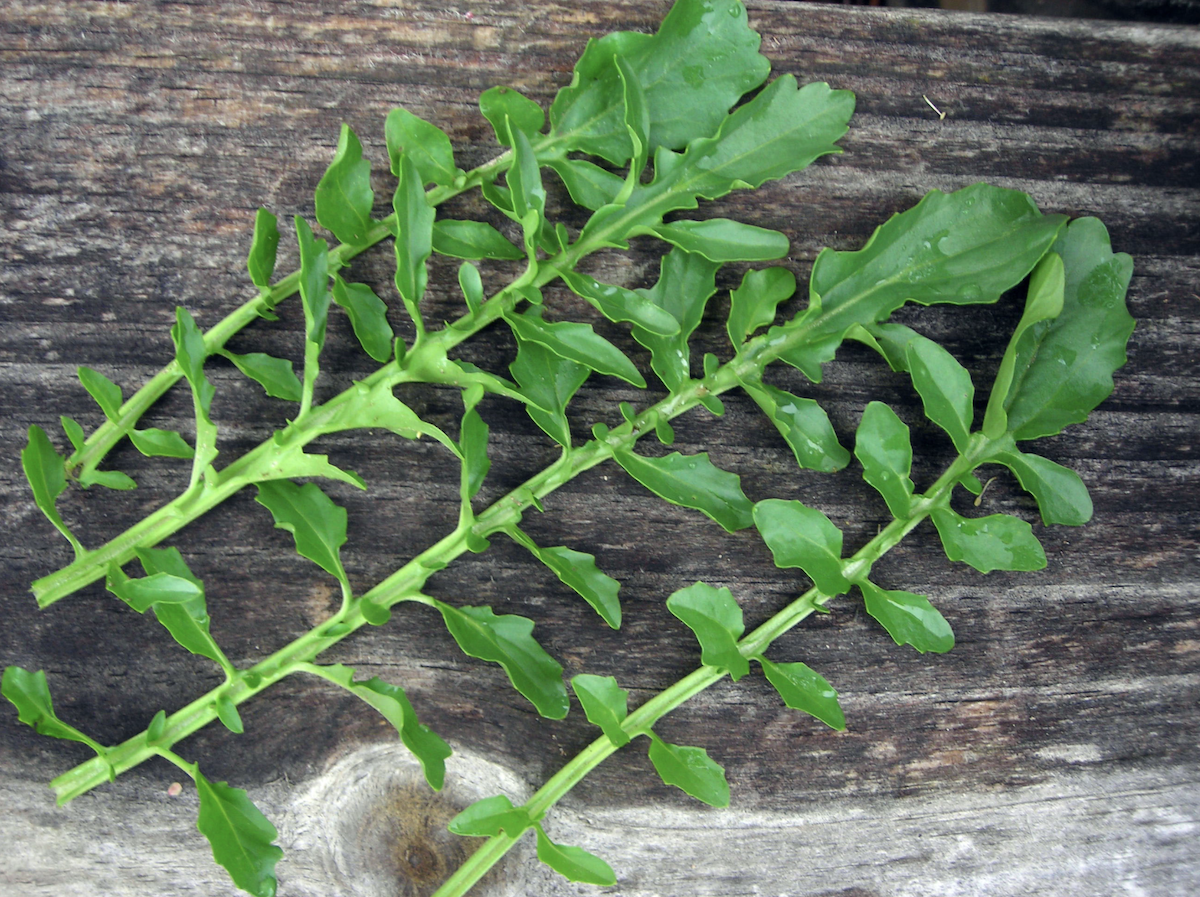 Cress
Cress Garden Huckleberry
Garden Huckleberry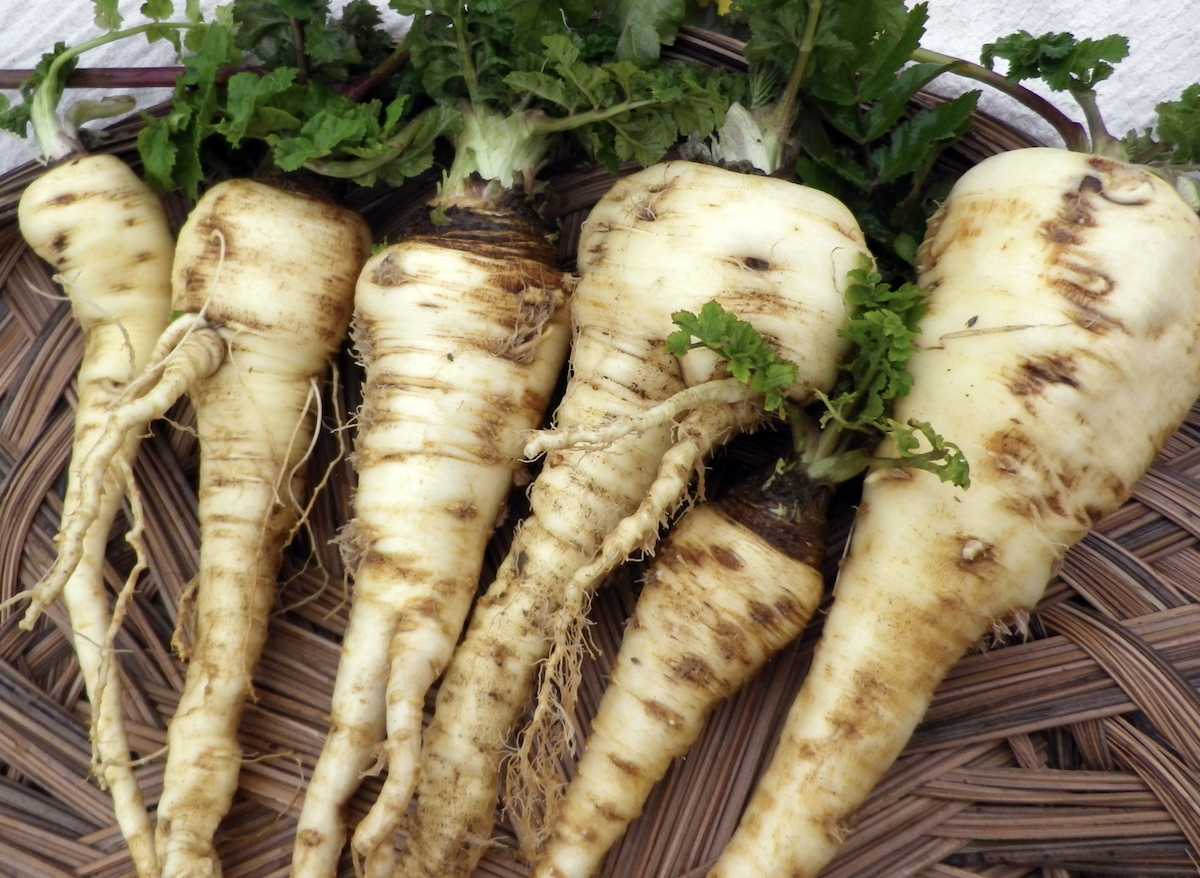
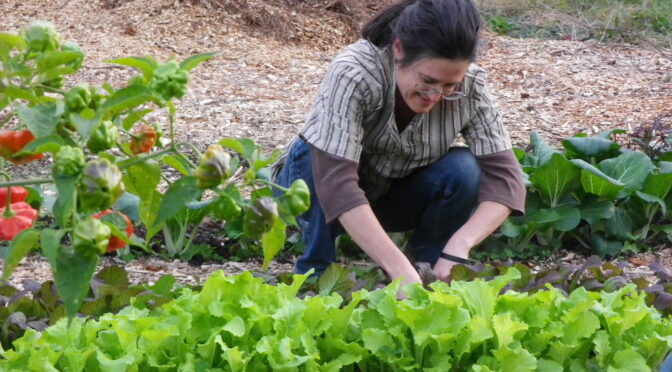
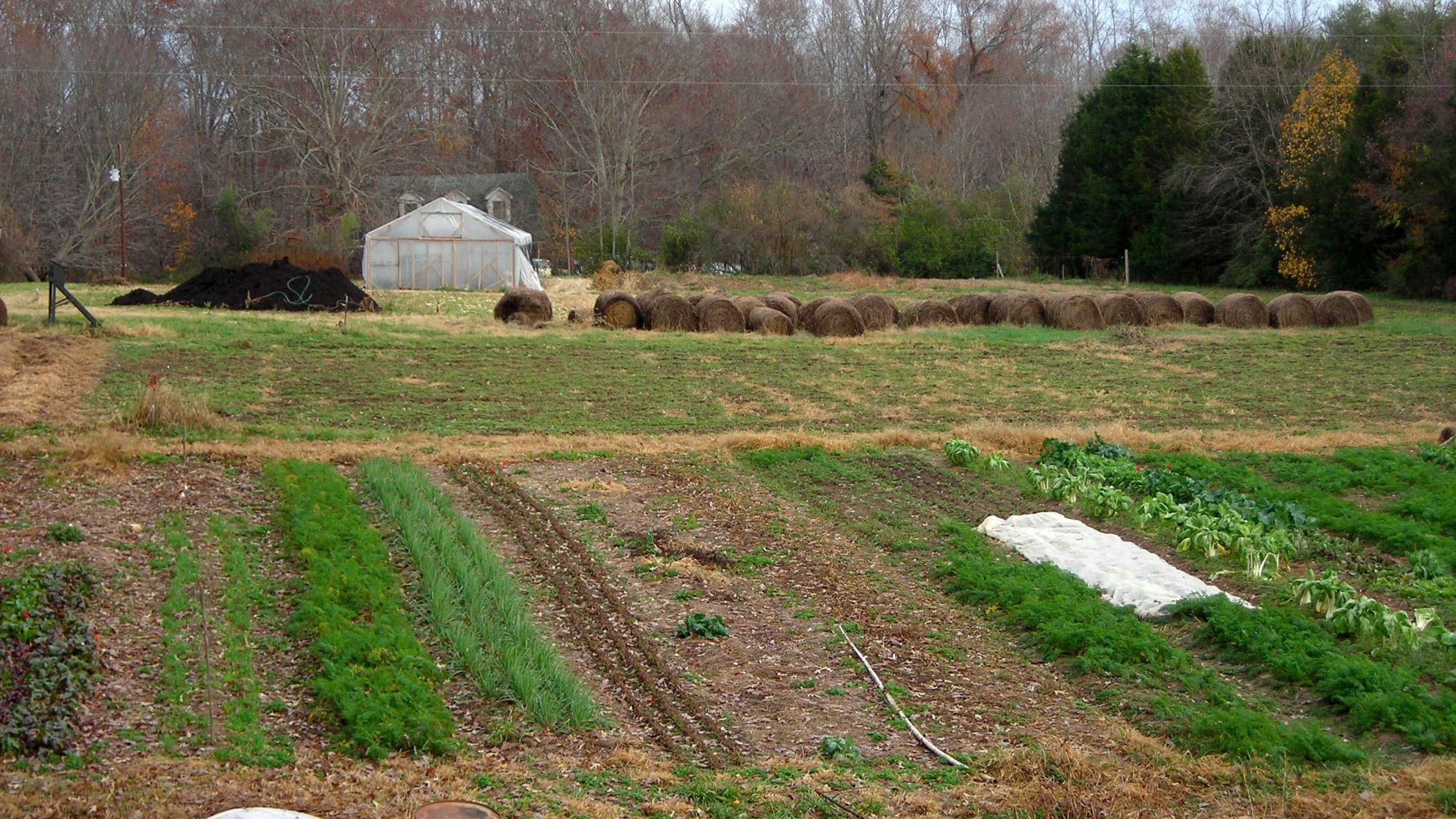 Garden Apps and Calendars
Garden Apps and Calendars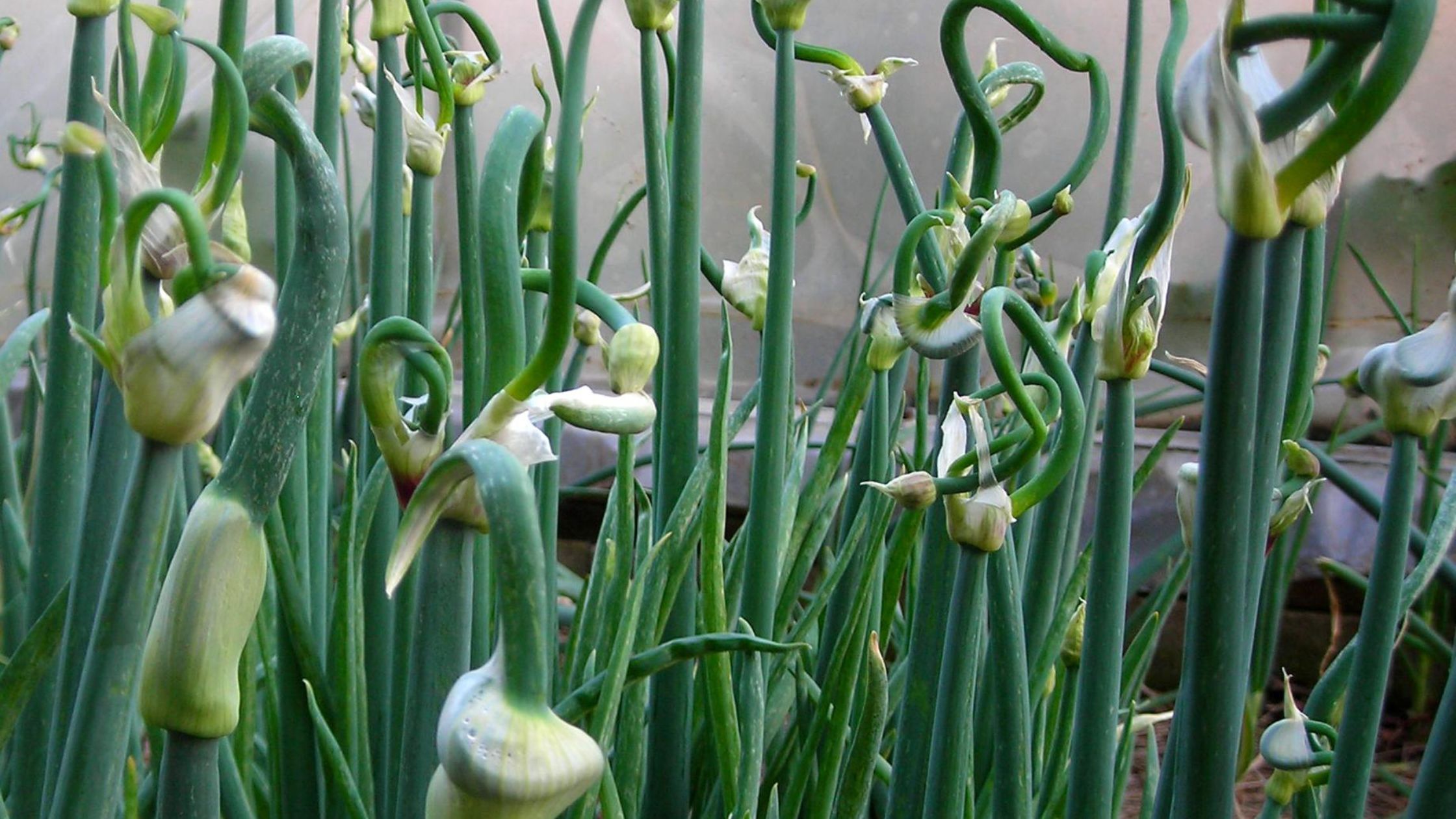 Planting in the Fall
Planting in the Fall